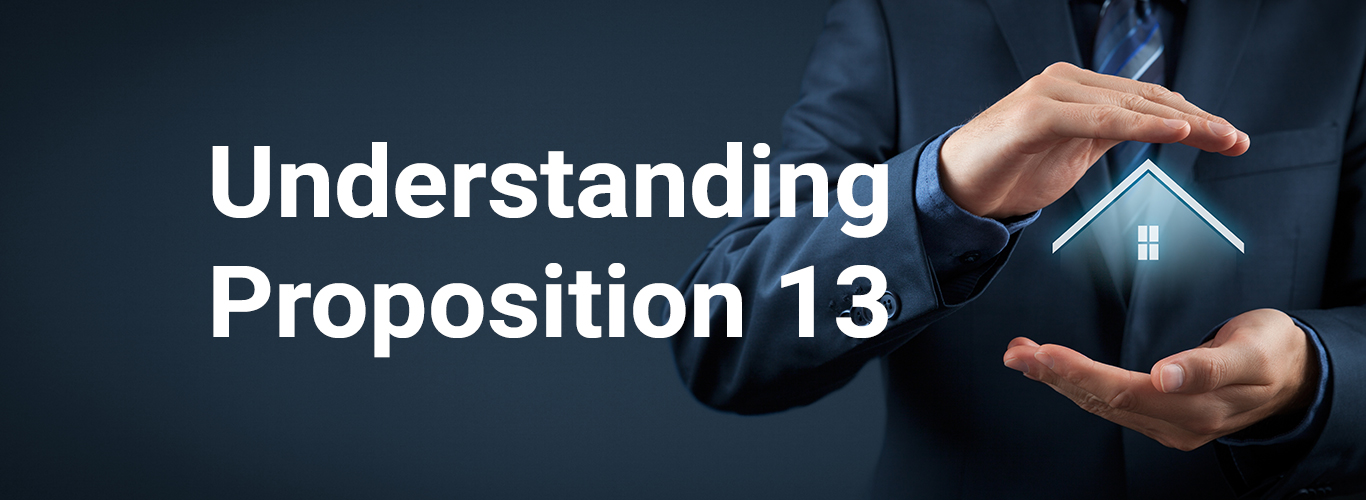Santa Clara County Assessor Larry Stone today announced the introduction of the on-line Supplemental Tax Estimator, which can be accessed at www.sccassessor.org/ste or on the Assessor’s website by clicking on the graphic displayed under highlights (pictured to the right). The tax estimator is designed to help new and prospective homeowners reduce confusion concerning the amount of property taxes they can expect to pay following their purchase. “It’s very frustrating. You buy a home, think your property taxes were taken care of during escrow or as part of the monthly mortgage payments, only to receive a supplemental assessment followed by a supplemental tax bill,” said Stone. “The first call they make is to our office. I am hopeful this new tool will help taxpayers estimate their supplemental taxes, before they complete the purchase transaction, and help them to prepare for the resultant supplemental tax bill before it arrives in the mail.”
Although supplemental assessments have been part of California property tax law since 1983, new buyers often overlook the financial impact that generally falls within their first year of ownership. In addition, estimating the supplemental assessment amount and resultant supplemental tax is confusing and perhaps even mystifying. It requires knowledge of the property’s market value as of the date of acquisition (usually the purchase price), knowledge of the assessed value based upon the seller’s assessed value, and the number of months remaining in the fiscal year. The new supplemental estimator is intended to demystify and simplify the process for new homeowners.
Supplemental assessments and taxes are in addition to the annual assessments and property taxes which are generally prorated during escrow, so that the seller and buyer each pay the portion of taxes attributed to their period of ownership. However, the proration is based on the assessed value prior to the purchase transaction. The supplemental assessment is based on the difference between the prior assessed value and the new assessed value. This value is multiplied by the tax rate and the resultant tax is prorated for the number of months remaining in the fiscal year from the date of acquisition by the new owner. The result is that between the regular tax bill prorated in escrow, and the supplemental tax bill, the new owner will pay property taxes based upon the value of the property as of their date of purchase.
Realtors typically provide prospective homeowners with an estimate of their taxes for future years by multiplying the purchase price by an estimated tax rate. However these estimates usually don’t reflect the new property owner’s responsibility for the supplemental assessment that will result from their purchase. The new supplemental estimator will help both realtors and prospective homeowners. The new estimator enables a taxpayer to calculate their estimated taxes based upon their anticipated purchase price and month of acquisition. In addition, it shows the mathematics assisting taxpayers to better understand how supplemental assessments and taxes are calculated by the Assessor and the Tax Collector. It is important to note that this is only an estimate. The property owner must wait for the supplemental tax bill and pay the actual taxes by the due dates. The Assessor and Tax Collector recognize that receiving the Notice of Supplemental Assessment and the supplemental tax bill often come as an unanticipated surprise. While the Assessor’s office is required by law to administer the property tax system in this manner, including the possibility of delivering multiple supplemental notices, we are working continuously to expedite delivery of the supplemental notices and educate real estate professionals about the process. Due to the record number of home foreclosures, distressed sales, efforts to limit the outstanding backlog have been severely limited.
...



